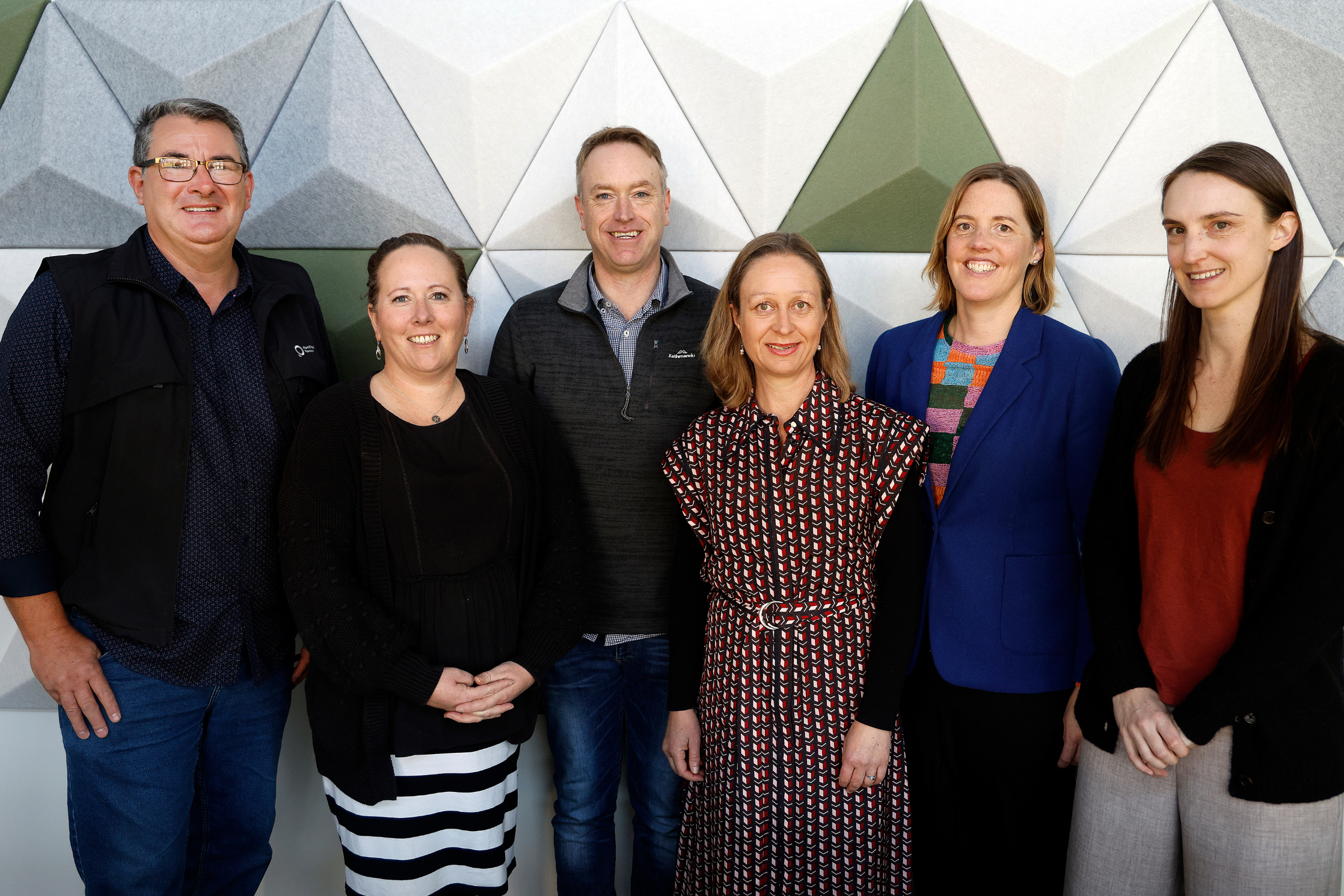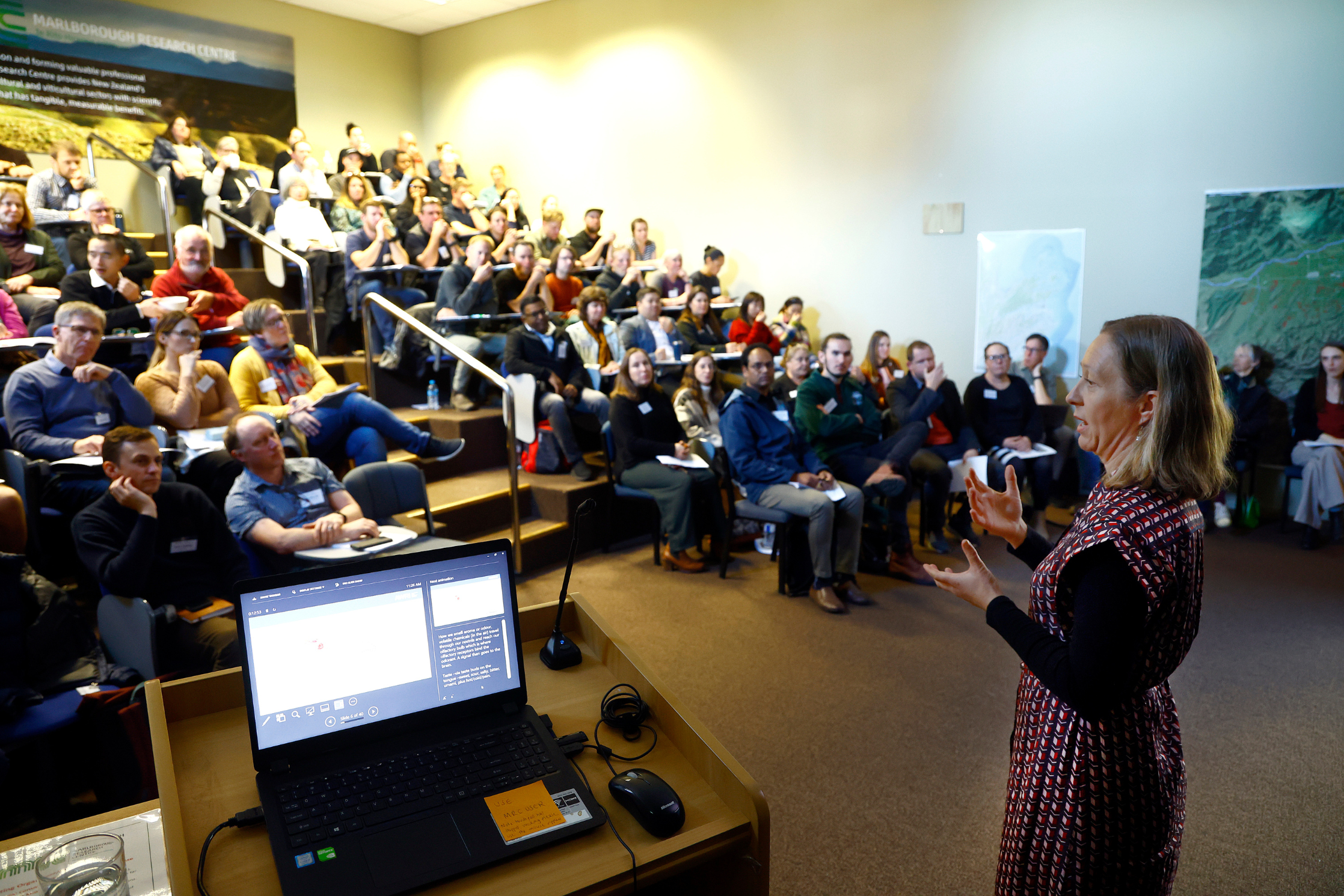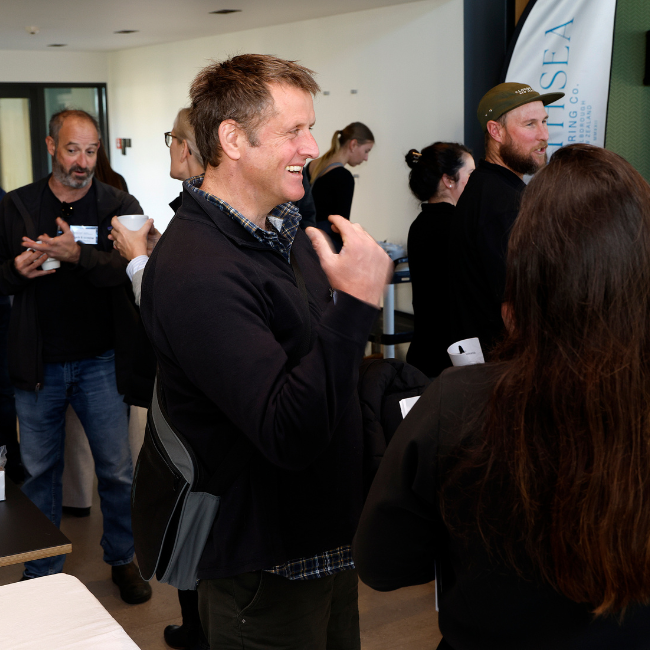The sold-out event highlighted the latest in viticulture and winemaking research from across the country.
The one-day conference brought together experts from institutions including NMIT, Bragato Research Institute, Lincoln University, the University of Auckland, Eastern Institute of Technology, and Plant & Food Research. It also provided local wine producers with rare access to cutting-edge scientific knowledge.

“The primary aim was to create a platform for sharing new and current research with the Marlborough wine industry, which typically lacks access to this kind of scientific content,” said Stewart Field, NMIT viticulture and wine tutor and chair of the organising committee.
“It also gave researchers from around New Zealand a chance to collaborate and highlighted the excellent student research being conducted across the sector.”
Stewart, who divides his time between teaching and research at NMIT, said the strong response showed the growing appetite for science-led industry events.
“The event was popular - we unfortunately had to turn people away! That shows there’s real demand for this kind of gathering,” he said.

Now in its second year, the conference is expected to continue as a biennial event. A highlight this year was international keynote speaker Dr Mango Parker from the Australian Wine Research Institute, whose presentation on flavour compounds in wine added a valuable global perspective. Dr Parker also joined an expert panel to discuss the challenges of managing sulphur aromas in Sauvignon Blanc production.
NMIT also contributed to the day’s research programme. Viticulture lecturer Jonathan Guild presented a collaborative study, co-authored by Stewart and others, on the effect of berry size on Pinot Noir wine quality.

“As an institution based in the heart of New Zealand’s wine industry, it’s important for NMIT to play an active role in advancing viticulture and winemaking knowledge,” said Stewart. “Being part of events like this strengthens our ties with the industry and shows that we’re serious about contributing to innovation.”
Stewart said the conference created valuable connections between researchers, students, growers and winemakers, with the potential to lead collaborative projects and student placements.
“We’re really grateful to the Marlborough Research Centre for their support. Their ongoing commitment to advancing viticulture and wine research helped make this event possible,” he said.
Looking ahead, Stewart is confident the momentum will continue.
“This event really showcased the quality of wine science in New Zealand. It’s exciting to think about the collaborations and progress that could come from it.”


